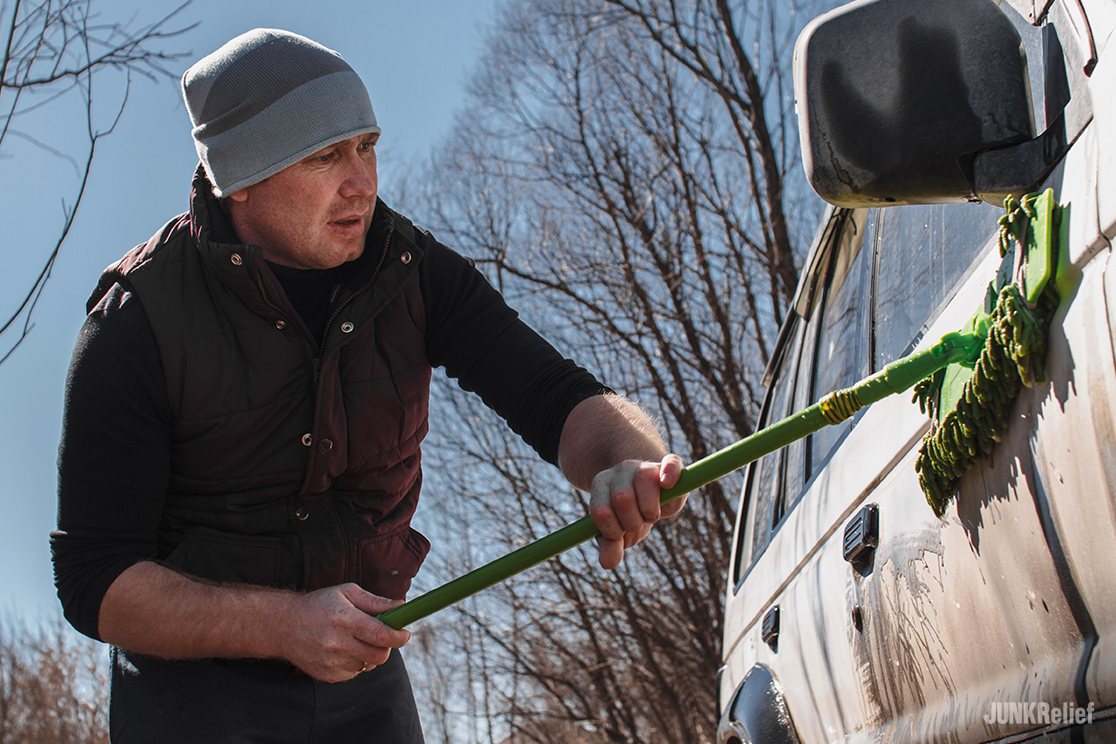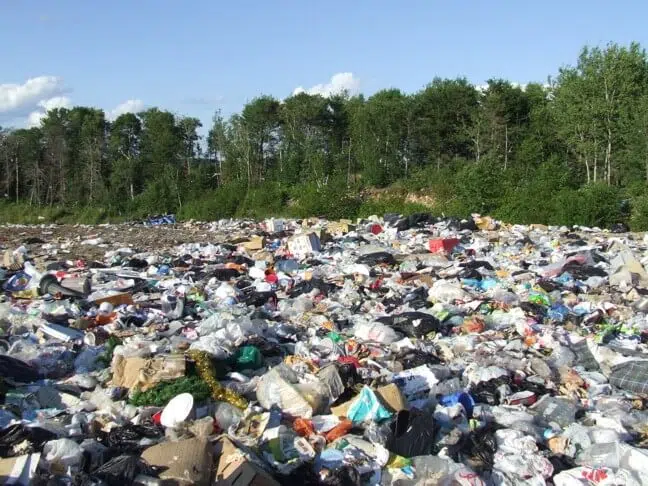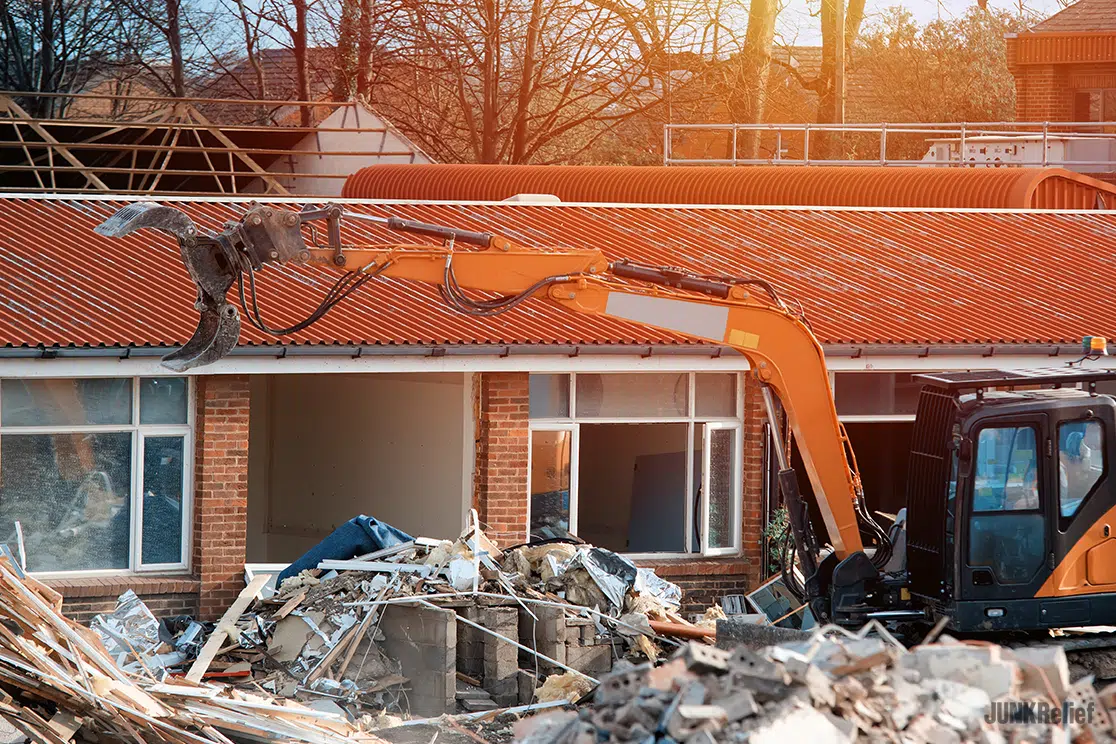Landfills and Junk
As a species, human beings consume—and we consume constantly. Eventually, this consumption creates trash, waste, junk, and any number of discarded materials. This creates the need to dispose of our waste, and as the population increases and we occupy more and more of the earth’s surface, proper sanitary waste disposal becomes increasingly important. Municipal solid waste (MSW) generation in the US reached a peak around 2005, tapering off slightly in the years since. In 2011 alone, the US produced 220 million tons of solid waste, according to the EPA.
What Do We Do With All This Waste?
Waste can be handled in a couple of ways. One environmentally friendly method is composting, whereby organic matter such as food and yard wastes are allowed to biodegrade to the point that they become like soil, and are used as a fertilizer, returned directly back to the earth.
Another disposal method is incineration. Incineration is effective, reducing waste volumes by 70-95%, but it poses serious environmental risks from the dissemination of noxious fumes, such as nitric and sulfur oxide, that cause pollution, asthma, and other dangerous health effects. Large amounts of heat generated by incineration can be harnessed for energy, but health concerns limit its use as a commonly acceptable form of waste disposal.
Landfills have only been implemented as a solution to the problem of waste disposal for about 100 years. Before that, municipal waste and any other junk generated by people living in close proximity to one another were often disposed of around inhabited areas, leading to disease, plague, and outbreaks of potentially deadly illness. The need to move all this waste and other forms of junk outside living areas became apparent, leading to the first landfills, which were more accurately defined as open dumps. Problems with open dumps can come from leakage and infestation — pests, birds, as well as microorganisms living and brooding in a sea of chemicals, heavy metals, and potentially toxic substances.
Environmental Danger of Landfills
Leakage occurs when surface water seeps into the landfill or when condensation inside the landfill seeps out, contaminating groundwater sources and leading to serious health and environmental problems. Landfills contain potentially poisonous materials in the form of chemicals, heavy metals and microbial life, and the need to better control open dumps became apparent in the latter half of the 20th century. The result is a newer, more environmentally sustainable form of the waste disposal site, known as a sanitary landfill.
In order to be considered a sanitary landfill, each of the four requirements must be met.
- Leachate collection and treatment must be in place.
- Designs must consider local geological and hydrogeological conditions.
- Trained staff must maintain the site before during and after depositing of waste materials.
- Waste should be spread and compacted in layers, leaving only a small amount of uncovered waste at a time to reduce access by animals and microorganisms.
When all four of these conditions are met, landfills become a much safer and more sustainable solution to our waste disposal needs. If properly managed and maintained, landfills can be a source of clean, renewable energy in the form of methane gas, caused by the break down of organic materials in the landfill and harnessed for commercial use.
As a nation, our recycling rate (which includes composting) has in the past 10 years increased, so that less and less of our waste is being sent to landfills, instead of being directly put back to use.
How Can We Reduce Landfill Material?
When getting rid of large items like furniture, appliances, or any other household items, it’s important to reuse and recycle as much material as possible. When these items get heaped into landfills, their mass adds to a growing dump, leaching chemicals into the earth, and often taking forever to biodegrade properly. This isn’t even considering the lost opportunity of providing any reusable items to others currently in need.
Knowing what potentially hazardous materials not to throw in the trash is important as well. Refer to the Recycling Center website for more information as well as instructions on how to find a recycling center near you. If we can continue to improve our recycling decisions, as well as maintain quality-controlled sanitary landfills, future generations will have the same opportunities to enjoy our bountiful, beautiful earth for a long time to come.
Speaking of what you can and cannot recycle. Here is a convenient list provided by The City of Chicago.
Items you CAN recycle:
- Glass jars and bottles
- Aluminum cans, foil and pie tins
- Tin or steel cans
- Cereal boxes, paper towel, and toilet paper rolls
- Plastic bottles and containers (#1-5 and 7 Only)
- Junk mail, magazines, and catalogs
- Telephone books
- Paper bags
- Office paper and file folders
- Newspapers and newspaper inserts
- Beverage cartons (milk, juice, soy, etc)
- Beverage carrier stock (Plastic rings and cardboard carrying case)
- Wrapping paper (No bows or ribbons)
- Paper greeting cards
Items you CANNOT recycle:
- Clothes, metal or plastic clothes hangers
- #6 plastics (polystyrene or styrofoam)
- Diapers or feminine products
- Construction debris (Bricks, wood or cement)
- Paint or spray paint
- Hard reusable plastic bottles
- Loose plastic shopping bags
When it comes to items you cannot recycle there are other options that exist so these items do not end up in a landfill as well. Donation centers like Goodwill and The Salvation Army will collect items such as clothes or lightly used toys and household items. Most cities and towns have centers that will allow you to recycle paint or spray paint properly, and you can typically take plastic shopping bags back to the retailer where they will be able to reuse them.
And when you find yourself with a lot of junk, construction debris, or even large pieces of furniture or kitchen appliances you can call a reputable junk removal company. Eco-friendly junk removal companies are recycling, reusing and donating upwards of 60-80% of material captured.





